Find Help
More Items From Ergsy search
-
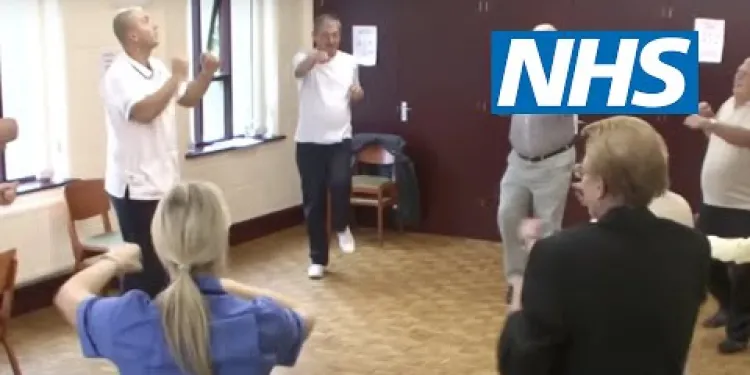
Pulmonary rehabilitation | NHS
Relevance: 100%
-
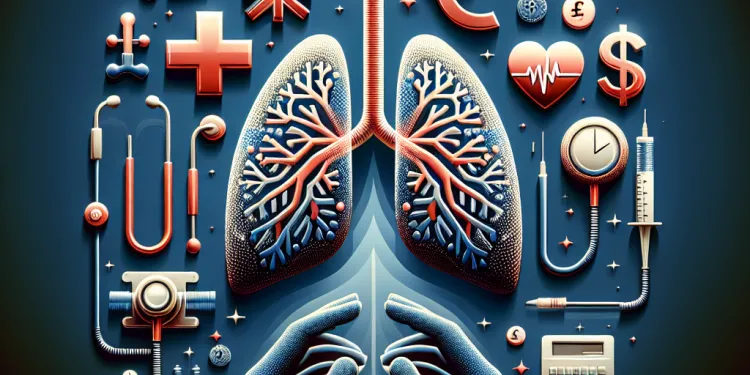
What is a pulmonary embolism?
Relevance: 51%
-
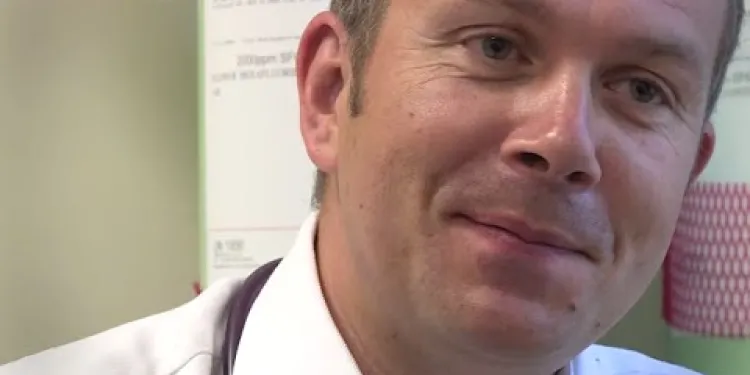
Idiopathic pulmonary fibrosis (IPF) research
Relevance: 50%
-

The Leeds Specialist Rehabilitation Centre - 3 Prosthetic Physiotherapy
Relevance: 40%
-
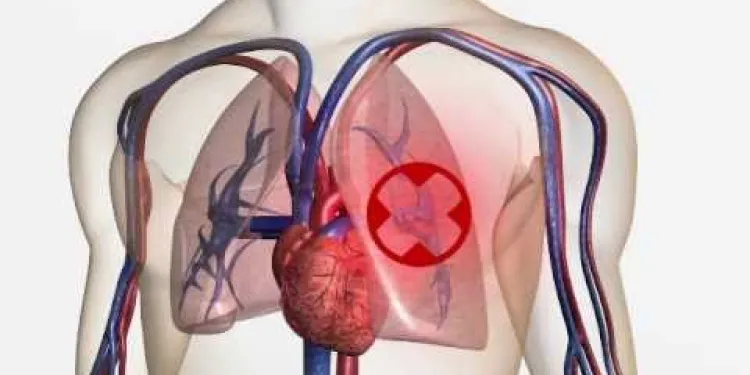
A guide to hospital-acquired deep vein thrombosis and pulmonary embolism
Relevance: 39%
-

COPD | NHS
Relevance: 30%
-

Can air physiotherapy prevent respiratory infections?
Relevance: 21%
-
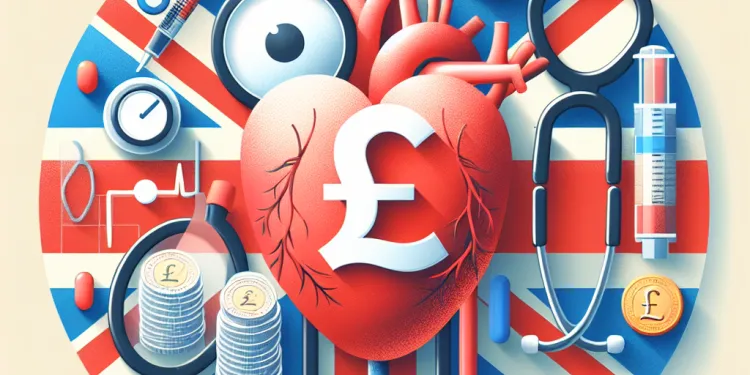
What are the types of thrombosis?
Relevance: 18%
-

Bernard's Story - Lung Transplant
Relevance: 17%
-
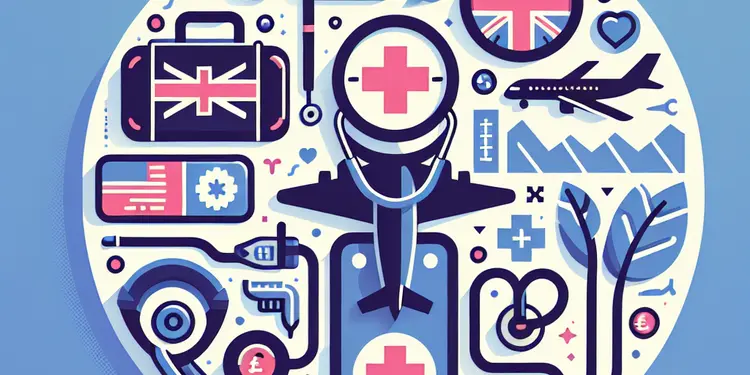
What qualifications should a provider of air physiotherapy have?
Relevance: 17%
-
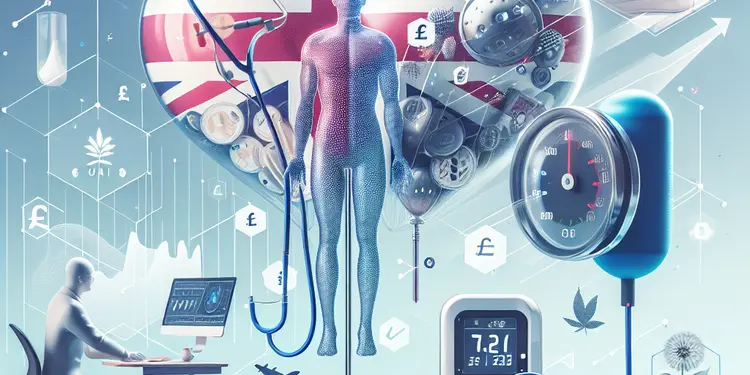
Who can benefit from air physiotherapy?
Relevance: 16%
-
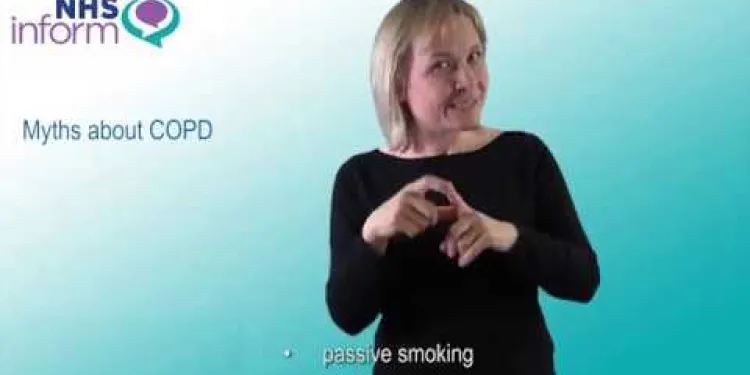
Myths about COPD
Relevance: 15%
-
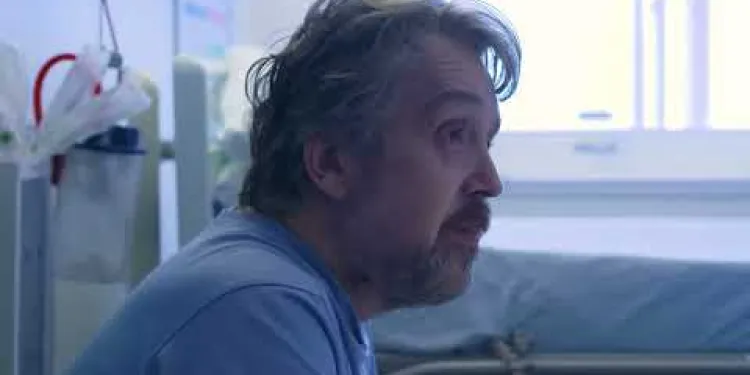
NHS Forth Valley’s Stroke Team
Relevance: 14%
-

Leg amputation and life afterwards
Relevance: 14%
-
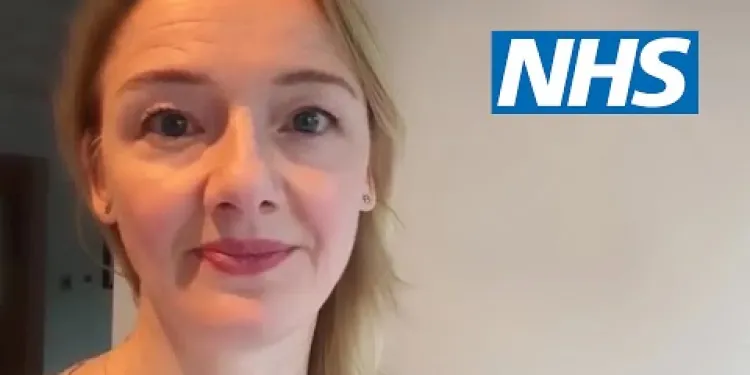
NHS Here for You – Stroke
Relevance: 14%
-

ACL exercises post-operation
Relevance: 14%
-
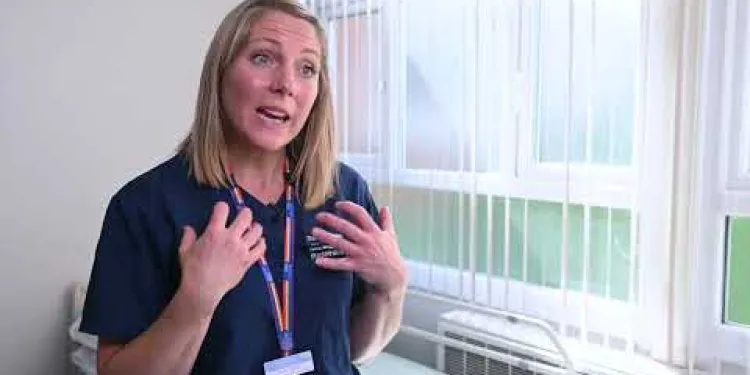
Breathlessness after COVID-19 - helpful techniques
Relevance: 14%
-

What is thrombosis?
Relevance: 14%
-
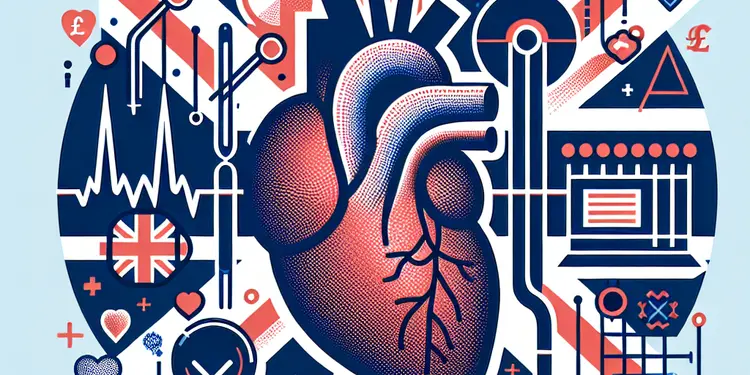
Can heart failure affect other organs?
Relevance: 14%
-
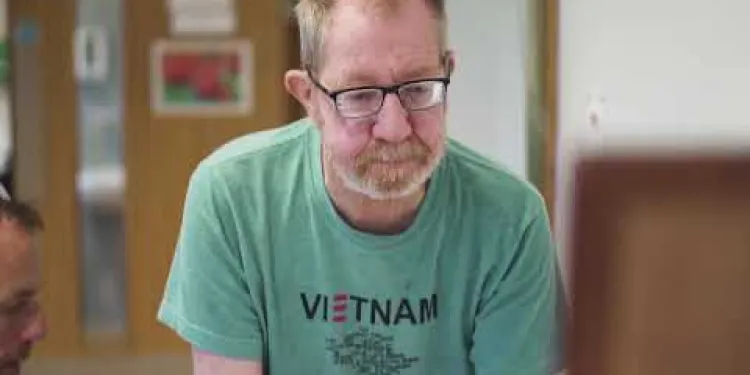
Vale Stroke Unit
Relevance: 14%
-
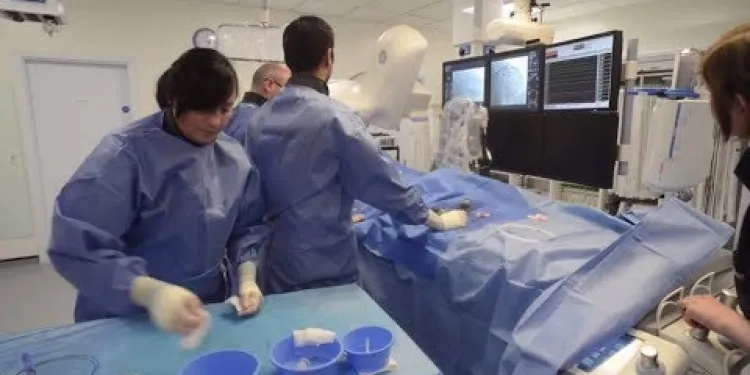
Heart attack care - Raigmore Hospital Inverness, NHS Highland
Relevance: 14%
-

What equipment is used in air physiotherapy?
Relevance: 13%
-

How can drug offences impact future opportunities?
Relevance: 13%
-

What is air physiotherapy?
Relevance: 13%
-

Is a prescription needed for air physiotherapy?
Relevance: 13%
-

Assessing the stroke patient
Relevance: 13%
-

How does PEP therapy work in air physiotherapy?
Relevance: 12%
-
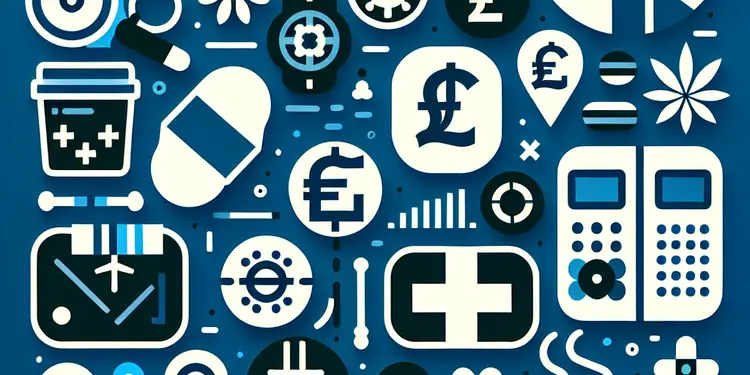
Can minors be charged with drug offences?
Relevance: 12%
-
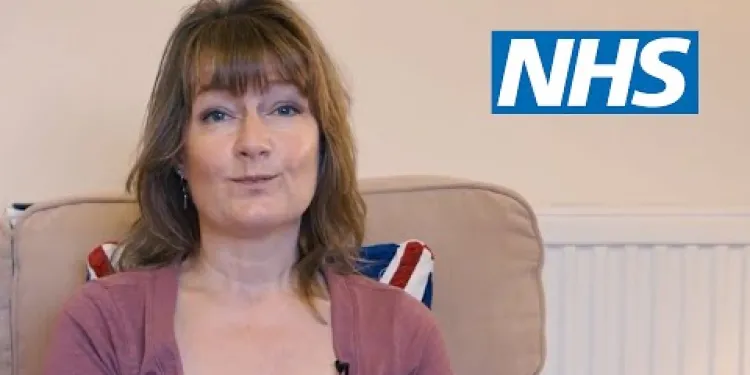
Labyrinthitis and Vertigo (BPPV): Hazel's story | NHS
Relevance: 12%
-
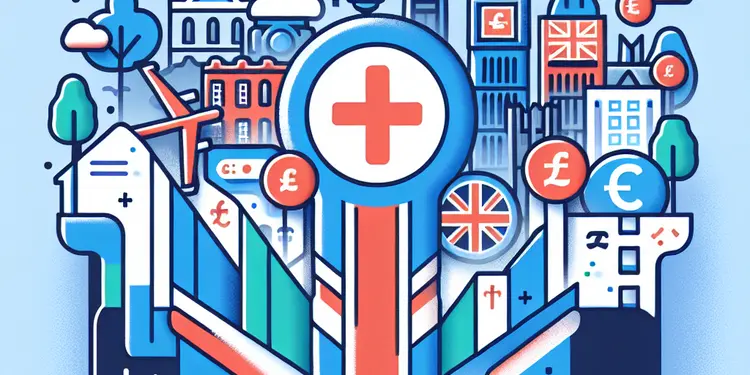
How does air physiotherapy work?
Relevance: 12%
-

How is thrombosis diagnosed?
Relevance: 12%
-
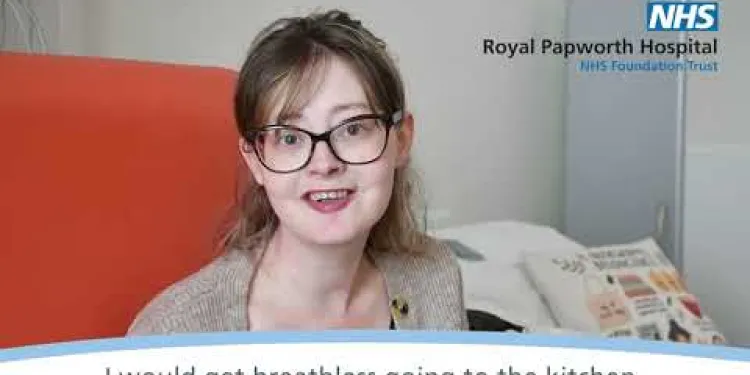
Heart-lung transplant patient shares her story
Relevance: 12%
-

How is thrombosis treated?
Relevance: 11%
-
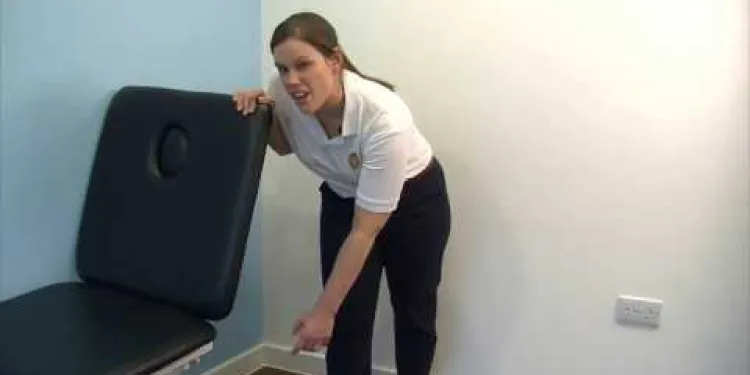
DBTH VFC DISLOCATED SHOULDER
Relevance: 11%
-
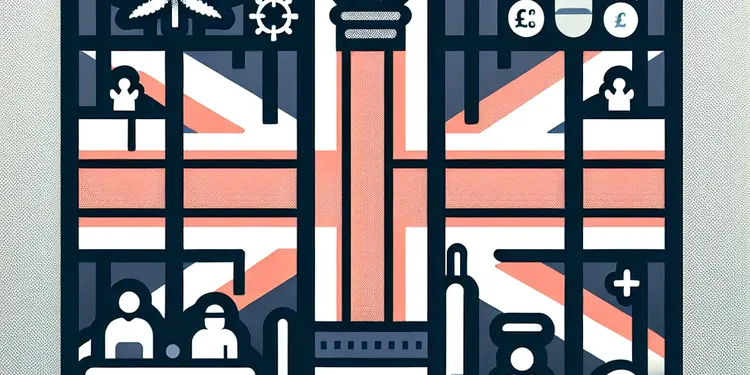
What penalties are common for drug offences?
Relevance: 11%
-
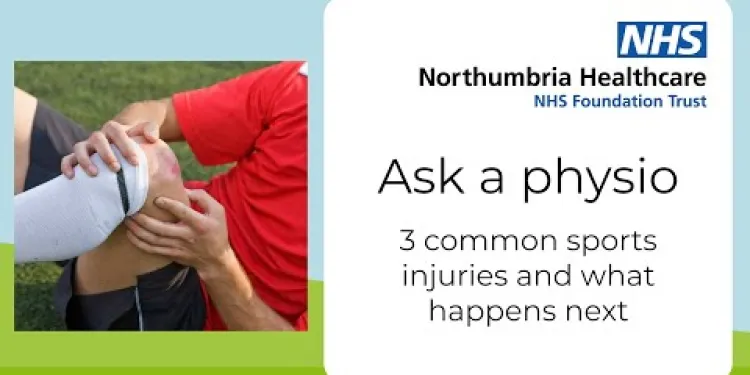
Ask a physio: 3 common sports injuries and what happens next
Relevance: 10%
-

What are the symptoms of deep vein thrombosis (DVT)?
Relevance: 10%
-
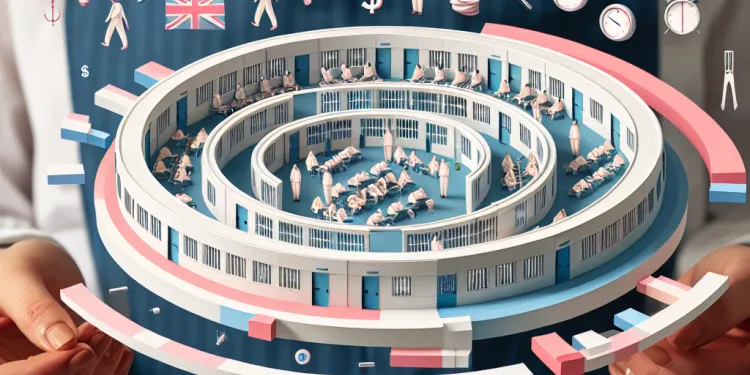
What are women's prisons like in the UK?
Relevance: 10%
-

Long COVID - Managing Breathlessness
Relevance: 10%
-

Can both hips be replaced at the same time?
Relevance: 10%
Pulmonary Rehabilitation | NHS
What is Pulmonary Rehabilitation?
Pulmonary rehabilitation is a specialised programme designed to help people with chronic lung conditions such as Chronic Obstructive Pulmonary Disease (COPD), asthma, and bronchiectasis. The programme aims to improve patients' overall quality of life by increasing their physical fitness, managing symptoms, and providing psychological and social support. The NHS offers pulmonary rehabilitation services to ensure that individuals can lead more active and healthier lives despite their respiratory conditions.
Components of Pulmonary Rehabilitation
Pulmonary rehabilitation encompasses several key components, including:
- Exercise Training: Tailored exercises to improve cardiovascular health, muscle strength, and endurance.
- Education: Informative sessions on lung health, medication management, breathing techniques, and nutrition.
- Psychosocial Support: Guidance and support addressing the emotional and psychological aspects of living with a chronic lung condition.
- Self-Management Strategies: Teaching patients how to monitor and manage their symptoms effectively to prevent flare-ups.
Benefits of Pulmonary Rehabilitation
Individuals who participate in pulmonary rehabilitation often experience numerous benefits, including:
- Improved breathing and lung function
- Increased exercise tolerance and physical activity levels
- Enhanced quality of life and independence
- Better understanding of their condition and how to manage it
- Reduced hospital admissions and healthcare costs
- Improved mental health and reduced symptoms of anxiety and depression
How to Access Pulmonary Rehabilitation
In the United Kingdom, pulmonary rehabilitation is typically accessible through a referral from a GP or a specialist. These programmes are often held in hospitals, community centres, or even virtually. Patients should discuss their suitability for pulmonary rehabilitation with their healthcare provider, who can help arrange an appropriate referral. The NHS is committed to providing comprehensive support for those with chronic lung conditions, ensuring they receive the care and resources needed to manage their health effectively.
Pulmonary Rehabilitation | NHS
What is Pulmonary Rehabilitation?
Pulmonary rehabilitation is a special program that helps people who have lung problems. This includes illnesses like COPD and asthma. The program helps people feel better by making them stronger, helping them breathe easier, and giving them support. The NHS provides this program so people can stay active and healthy even if they have lung issues.
What Does Pulmonary Rehabilitation Include?
Pulmonary rehabilitation has several important parts:
- Exercise: Special exercises to make your heart, muscles, and body stronger.
- Learning: Lessons about how to take care of your lungs, use your medicine, breathe better, and eat healthily.
- Support: Help for your feelings and mind to cope with lung problems.
- Managing Yourself: Learning how to watch your symptoms and stop them from getting worse.
Why Pulmonary Rehabilitation is Helpful
People who join pulmonary rehabilitation can feel a lot of benefits:
- Better breathing and healthier lungs
- More energy to do physical activities
- Feeling better about life and being more independent
- Knowing more about their lung condition and how to handle it
- Fewer visits to the hospital and saving money on healthcare
- Feeling happier and less anxious or depressed
How to Get Pulmonary Rehabilitation
In the UK, you can get pulmonary rehabilitation if your doctor or a specialist refers you. These programs can happen in hospitals, community centers, or online. Talk to your doctor to see if pulmonary rehabilitation is a good fit for you. The NHS wants to make sure people with lung problems get the help they need to stay healthy.
Frequently Asked Questions
What is pulmonary rehabilitation?
Pulmonary rehabilitation is a programme of exercise and education designed to help people with lung conditions improve their physical fitness and manage their symptoms.
Who can benefit from pulmonary rehabilitation?
People with chronic lung conditions, such as chronic obstructive pulmonary disease (COPD), asthma, pulmonary fibrosis, and bronchiectasis, can benefit from pulmonary rehabilitation.
How do I get referred to a pulmonary rehabilitation programme?
You can be referred to a pulmonary rehabilitation programme by your GP, respiratory nurse, or hospital consultant.
What types of exercises are included in pulmonary rehabilitation?
Pulmonary rehabilitation typically includes both aerobic exercises, such as walking or cycling, and strength-training exercises to improve muscle strength.
How long does a pulmonary rehabilitation programme last?
A typical pulmonary rehabilitation programme lasts about 6 to 8 weeks, with sessions occurring 2 to 3 times a week.
Where are pulmonary rehabilitation programmes usually held?
Pulmonary rehabilitation programmes are usually held in hospitals, community health centres, or outpatient clinics.
Is pulmonary rehabilitation covered by the NHS?
Yes, pulmonary rehabilitation is covered by the NHS, so patients referred to the programme will not have to pay for it.
Can I do pulmonary rehabilitation at home?
While it's ideal to attend classes, there are home-based pulmonary rehabilitation programmes available that include support through phone calls, online resources, and written materials.
What should I bring to a pulmonary rehabilitation session?
You should wear comfortable clothing and shoes suitable for exercise, bring your inhalers or medications if you use them, and a bottle of water.
Will I need to do exercises outside of class?
Yes, you will be encouraged to continue exercising on your own outside of class to maximise the benefits of the programme.
How will I know if pulmonary rehabilitation is working?
You should notice improvements in your ability to exercise, breathe more easily, and manage your symptoms better. Your healthcare team will also assess your progress.
Are there any risks associated with pulmonary rehabilitation?
Pulmonary rehabilitation is generally safe, but your healthcare team will assess your health before starting to ensure the exercises are suitable for you.
Will I be provided with any educational materials?
Yes, pulmonary rehabilitation programmes include education about managing your lung condition, medications, nutrition, and lifestyle changes.
Can pulmonary rehabilitation cure my lung condition?
Pulmonary rehabilitation cannot cure lung conditions, but it can significantly improve your quality of life by helping you manage symptoms and improve your physical fitness.
Do I need to continue exercises after completing the programme?
Yes, continuing to exercise regularly after completing the programme is important to maintain the benefits you have gained.
What is lung rehab?
Lung rehab is a program to help people breathe better.
It helps people who have problems with their lungs, like asthma or COPD.
Doctors, nurses, and therapists can help you learn exercises and other tips to make your lungs stronger.
Using pictures or videos can help you understand more about lung rehab.
Pulmonary rehabilitation helps people with lung problems. It is a plan where you do exercises and learn new things. This helps you get stronger and feel better.
Who can get help from lung exercises?
People who have lung problems like COPD, asthma, pulmonary fibrosis, and bronchiectasis can feel better with special exercises and help for their breathing. This is called pulmonary rehabilitation.
How can I join a lung exercise program?
You can ask your doctor, nurse, or hospital specialist to help you join a breathing exercise program.
What exercises do you do in lung rehab?
Lung rehab helps people breathe better.
Here are some exercises you might do:
- Walking: This helps your heart and lungs.
- Stretching: This makes your body move easier.
- Breathing exercises: These help you breathe deeply.
Ask your doctor if you need help with lung rehab. They can show you how to do these exercises.
Breathing and exercise classes often have different activities. You might do walking or riding a bike to help your heart and lungs. You also do exercises to make your muscles stronger.
How long is a lung rehab program?
A lung rehab program usually lasts for about 6 to 8 weeks. That's like going to school for 6 to 8 weeks to learn and get better.
If you're part of a lung rehab program, you might go 2 to 3 times a week. It's important to keep going to get the best help.
Tools like pictures and videos can show you what happens in rehab. These can help you understand better.
A breathing exercise program usually lasts for 6 to 8 weeks. You will go to classes 2 to 3 times each week.
Where do pulmonary rehabilitation programmes usually take place?
Pulmonary rehabilitation programmes are often run in places like hospitals or health centres. These are buildings where doctors and nurses work.
Sometimes, these programmes can also be done at home with the help of tools like online videos or phone calls with experts.
If you need help, you can ask a doctor for advice.
Pulmonary rehabilitation programs are usually held in hospitals, community health centers, or outpatient clinics.
Do you get pulmonary rehabilitation from the NHS for free?
Yes, the NHS pays for lung rehab. People who are sent to the program do not have to pay money.
Can I do lung exercises at home?
It's good to go to classes, but you can also do lung exercises at home. You can get help with phone calls, online information, and things to read.
What do I need to take to a lung rehab session?
If you are going to a lung rehab session, here is what you should take:
- Comfortable Clothes: Wear loose clothes so you can move easily.
- Water Bottle: Bring water to stay hydrated.
- Meds: If you use medicine for your lungs, take it with you.
- Notebook: Take a notebook to write down important things.
If you need help reading, you can ask a friend or use an app to hear the words.
Wear comfy clothes and shoes that are good for moving around. Bring your medicines or inhalers if you need them, and a bottle of water to drink.
Do I need to do exercises at home?
Yes, it can help you get better at what you learn in class.
Try these tips:
- Set a regular time for practice each day.
- Ask a friend or family member to help you.
- Use apps or videos to make it fun.
Yes, we want you to keep exercising at home too. This way, you get the most out of the program.
How can I tell if lung rehab is helping me?
You can tell if lung rehab is working if you:
- Breathe easier
- Have more energy
- Can do more activities
If you notice these changes, the rehab is helping. Talk to your doctor or therapist about your progress. They can help you with more tips.
You will start to feel better when you exercise. It will be easier to breathe, and you will handle your symptoms better. Your doctor and nurses will also check how you are getting on.
Is Pulmonary Rehab Safe?
Pulmonary rehab is a program to help you breathe better. But, like all things, it has some risks.
It is mostly safe, but sometimes you might:
- Feel tired
- Have muscle aches
- Feel short of breath
People at the rehab will help you stay safe. They teach you how to be careful. You can always ask questions or use pictures to understand better.
Pulmonary rehabilitation is usually safe. Before you start, your healthcare team will check your health. This is to make sure the exercises are right for you.
Will I get any learning materials?
You might get some books or worksheets to help you learn. Using pictures and videos can also make learning easier. If you have trouble reading, you can ask someone to read with you. For more help, try listening to audiobooks or using learning apps.
Yes, lung rehab programs teach you about how to take care of your lungs, medicines, eating healthy, and living better.
If you find it hard to read, you can ask someone for help or try using audiobooks to listen to the information instead.
Can breathing exercises help fix my lung problem?
Breathing exercises won't fix lung problems, but they can help you feel better. They make it easier to handle symptoms and get stronger.
Should I keep doing exercises after I finish the program?
Yes, it's good to keep doing exercises. It helps you stay strong and healthy. Try to find fun ways to exercise, like playing games or sports.
If you need help, you can ask a friend or a family member. You can also use videos or apps to guide you.
Yes, it is important to keep exercising even after you finish the program. This will help you keep the good things you have gained.
Useful Links
- Ergsy carfully checks the information in the videos we provide here.
- Videos shown by Youtube after a video has completed, have NOT been reviewed by ERGSY.
- To view, click the arrow in centre of video.
- Most of the videos you find here will have subtitles and/or closed captions available.
- You may need to turn these on, and choose your preferred language.
- Go to the video you'd like to watch.
- If closed captions (CC) are available, settings will be visible on the bottom right of the video player.
- To turn on Captions, click settings .
- To turn off Captions, click settings again.
More Items From Ergsy search
-

Pulmonary rehabilitation | NHS
Relevance: 100%
-

What is a pulmonary embolism?
Relevance: 51%
-

Idiopathic pulmonary fibrosis (IPF) research
Relevance: 50%
-

The Leeds Specialist Rehabilitation Centre - 3 Prosthetic Physiotherapy
Relevance: 40%
-

A guide to hospital-acquired deep vein thrombosis and pulmonary embolism
Relevance: 39%
-

COPD | NHS
Relevance: 30%
-

Can air physiotherapy prevent respiratory infections?
Relevance: 21%
-

What are the types of thrombosis?
Relevance: 18%
-

Bernard's Story - Lung Transplant
Relevance: 17%
-

What qualifications should a provider of air physiotherapy have?
Relevance: 17%
-

Who can benefit from air physiotherapy?
Relevance: 16%
-

Myths about COPD
Relevance: 15%
-

NHS Forth Valley’s Stroke Team
Relevance: 14%
-

Leg amputation and life afterwards
Relevance: 14%
-

NHS Here for You – Stroke
Relevance: 14%
-

ACL exercises post-operation
Relevance: 14%
-

Breathlessness after COVID-19 - helpful techniques
Relevance: 14%
-

What is thrombosis?
Relevance: 14%
-

Can heart failure affect other organs?
Relevance: 14%
-

Vale Stroke Unit
Relevance: 14%
-

Heart attack care - Raigmore Hospital Inverness, NHS Highland
Relevance: 14%
-

What equipment is used in air physiotherapy?
Relevance: 13%
-

How can drug offences impact future opportunities?
Relevance: 13%
-

What is air physiotherapy?
Relevance: 13%
-

Is a prescription needed for air physiotherapy?
Relevance: 13%
-

Assessing the stroke patient
Relevance: 13%
-

How does PEP therapy work in air physiotherapy?
Relevance: 12%
-

Can minors be charged with drug offences?
Relevance: 12%
-

Labyrinthitis and Vertigo (BPPV): Hazel's story | NHS
Relevance: 12%
-

How does air physiotherapy work?
Relevance: 12%
-

How is thrombosis diagnosed?
Relevance: 12%
-

Heart-lung transplant patient shares her story
Relevance: 12%
-

How is thrombosis treated?
Relevance: 11%
-

DBTH VFC DISLOCATED SHOULDER
Relevance: 11%
-

What penalties are common for drug offences?
Relevance: 11%
-

Ask a physio: 3 common sports injuries and what happens next
Relevance: 10%
-

What are the symptoms of deep vein thrombosis (DVT)?
Relevance: 10%
-

What are women's prisons like in the UK?
Relevance: 10%
-

Long COVID - Managing Breathlessness
Relevance: 10%
-

Can both hips be replaced at the same time?
Relevance: 10%


